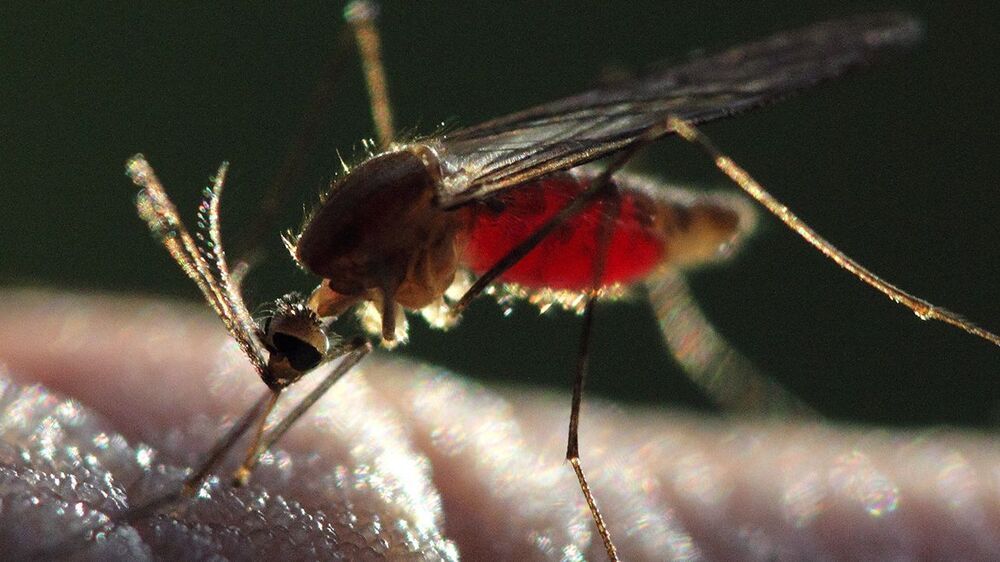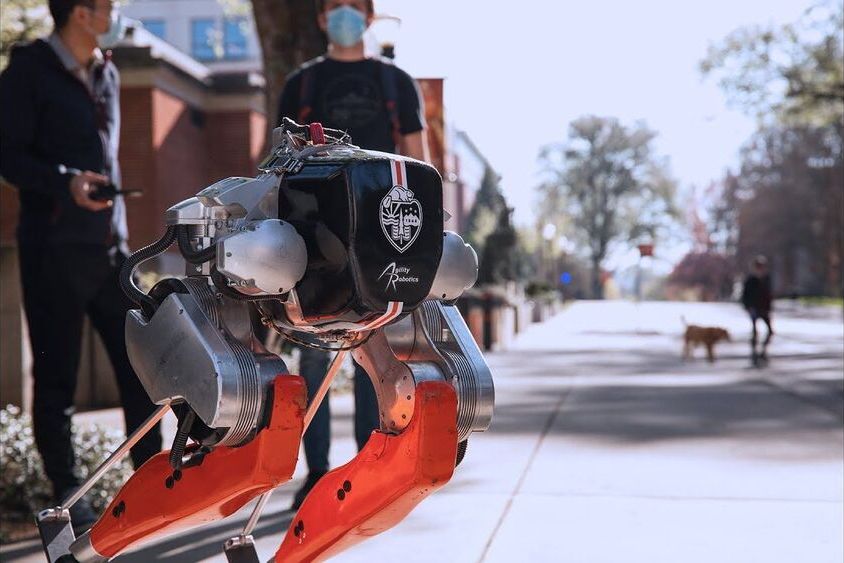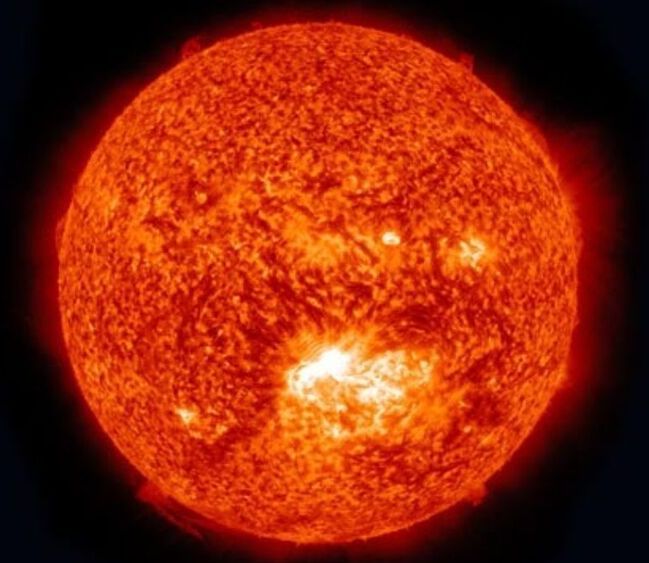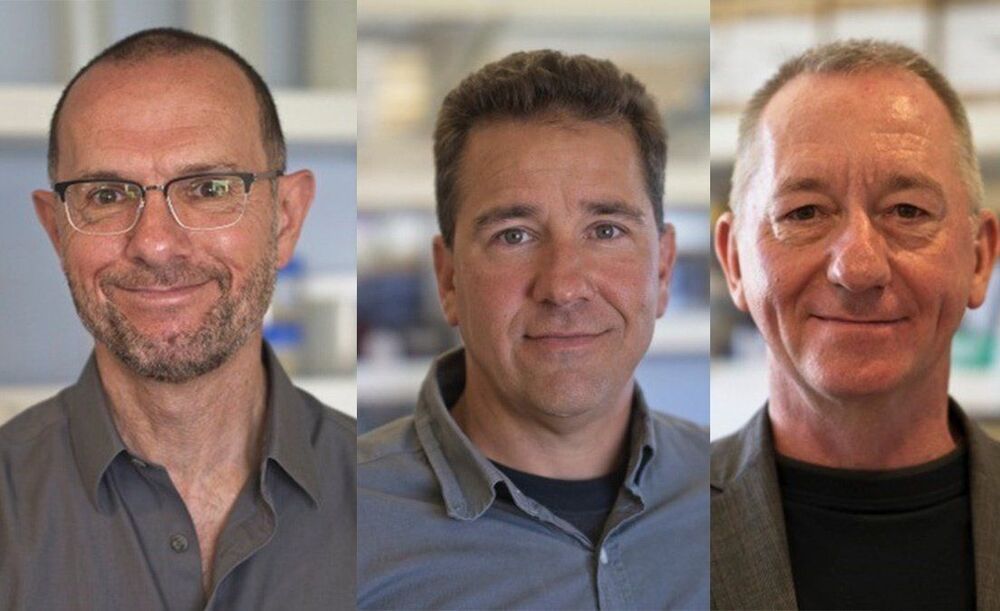Money will be used to ramp up the rollout of battery-free sensor tags and novel, AI-based sensing as a service business model.
Wiliot — the IoT startup that has developed a new kind of processor that is ultra thin and light and runs on ambient power but possesses all the power of a “computer” — has picked up a huge round of growth funding on the back of strong interest in its technology, and a strategy aimed squarely at scale.
The company has raised $200 million, a Series C that it will use toward its next steps as a business. In the coming months, it will make a move into a SaaS model — which Wiliot likes to say refers not to “software as a service,” but “sensing as a service,” using its AI to read and translate different signals on the object attached to the chip — to run and sell its software. This will be combined with a shift to a licensing model for its chip hardware, so that they can be produced by multiple third parties. Wiliot says that it already has several agreements in place for the chip licensing part. The plan is for this, in turn, to lead to a new range of sizes and form factors for the chips down the line.
Softbank’s Vision Fund 2 led the financing, with previous backers — it’s a pretty illustrious list that speaks of the opportunities ahead — including 83North, Amazon Web Services, Inc. (AWS), Avery Dennison, Grove Ventures, M Ventures, the corporate VC of Merck KGaA, Maersk Growth, Norwest Venture Partners, NTT DOCOMO Ventures, Qualcomm Ventures LLC, Samsung Venture Investment Corp., Vintage Investment Partners and Verizon Ventures.
Despite years of efforts, malaria remains a major health problem. The mosquito-borne parasitic disease sickens more than 200 million people every year and kills more than 400000, many of whom are children.
For the first time, scientists have shown that a new kind of genetic engineering can crash populations of malaria-spreading mosquitoes.
In the landmark study, published Wednesday in the journal Nature Communications, researchers placed the genetically modified mosquitoes in a special laboratory that simulated the conditions in sub-Saharan Africa, where they spread the deadly disease.
The male mosquitoes were engineered with a sequence of DNA known as a “gene drive” that can rapidly transmit a deleterious mutation that essentially wipes out populations of the insects.
Several Clostridium species enriched in children with autism closely interacted with each other and formed a connected group. Clostridia species have been linked with autism via the production of clostridial toxins which can damage the central nervous system, point out the researchers.
Significantly fewer gut bugs linked to neurotransmitter activity.
Children with autism seem to have a distinctive and underdeveloped range and volume of gut bacteria (microbiome) that isn’t related to their diet, suggests a small study published online in the journal Gut.
They have significantly fewer bacteria linked to neurotransmitter activity and 5 species of bacteria that aren’t typically found in the guts of children without the condition, suggesting that there may be a characteristic microbial profile for autism, which may pave the way for treatment early on, say the researchers.
And it did so on its own without a tether.
Cassie, a bipedal robot that’s all legs, has successfully run five kilometers on a single charge, all without having a tether. The machine serves as the basis for Agility Robotics’ delivery robot Digit, as TechCrunch notes, though you may also remember it for “blindly” navigating a set of stairs. Oregon State University engineers were able to train Cassie in a simulator to enable it to go up and down a flight of stairs without the use of cameras or LIDAR. Now, engineers from the same team were able to train Cassie to run using a deep reinforcement learning algorithm.
According to the team, Cassie teaching itself using the technique gave it the capability to stay upright without a tether by shifting its balance while running. The robot had to learn to make infinite subtle adjustments to be able to accomplish the feat. Yesh Godse, an undergrad from the OSU Dynamic Robotics Laboratory, explained: “Deep reinforcement learning is a powerful method in AI that opens up skills like running, skipping and walking up and down stairs.”
The team first tested Cassie’s capability by having it run on turn for five kilometers, which it finished with a time of 43 minutes and 49 seconds. Cassie finished its run across the OSU campus in 53:03. It took a bit longer because it included six and a half minutes of dealing with technical issues. The robot fell once due to a computer overheating and then again after it executed a turn too quickly. But Jeremy Dao, another team member from the lab, said they were able to “reach the limits of the hardware and show what it can do.” The work the team does will help expand the understanding of legged locomotion and could help make bipedal robots become more common in the future.
Push materials to their limits, and strange things can occur – such as the discovery of a previously unknown phase of liquid, which has been reported by scientists looking at the development of super-thin, high-density glass.
These types of glass are used in a variety of ways, including in OLED displays and optical fibers, but they can have stability problems. It’s through an effort to tackle those problems that this different type of material has come to light.
Crucially, the newly discovered liquid phase promises thin glass that’s more stable and denser than the materials that have come before – a progression that could open up different ways of using the glass, and even completely new types of devices.
Researchers at the National Aeronautics and Space Administration (NASA) recently announced that it is using artificial intelligence to calibrate images of the Sun.
NASA launched its Solar Dynamics Observatory (SDO) back in early 2010 to conduct research and capture high-definition images of the Sun.
The new artificial intelligence-powered technology is now helping scientists to precisely calibrate captured images at a quick pace in order to generate accurate, usable data. NASA uses the Atmospheric Imagery Assembly (AIA) present at the SDO to capture the Sun’s images across various wavelengths of ultraviolet light every 12 seconds.
With around two weeks still remaining in its crowdfunding campaign, Buck Institute incubated start-up Gerostate Alpha has cruised through its minimum funding target of $300000. The company also revealed that Longevitytech.fund has joined the round as a lead investor, bringing the total investment in the company to more than $500000 so far.
“At Longevitytech.fund, we invest in start-ups focused on aging that will materially ‘move the needle,’” says the investment firm’s managing partner, Petr Sramek. “The team at Gerostate Alpha is poised to do just that in the coming years, and we are very excited to partner with them for the long haul.”
Longevity. Technology: For early stage biotech companies, particularly those targeting aging, securing funding is a constant challenge. Gerostate Alpha is “testing the water” by exploring crowdfunding as another financing option, and seems to have had some success with it. We caught up with the company’s co-founders Simon Melov and Mark Lucanic to find out more.
How true?
However, after subsequent reporting, I discovered a kernel of truth to the rumors of stainless steel and Blue Origin rockets. Three sources have confirmed to Ars that Blue Origin has started working on a project to develop a fully reusable upper stage for New Glenn, which may potentially use stainless steel propellant tanks.
The primary goal of this change is to bring down the overall launch cost of the New Glenn rocket. The vehicle’s large upper stage, with a 7-meter diameter and two BE-3U engines, is costly, and Blue Origin founder Jeff Bezos is looking for ways to make the overall rocket more economical.
“This is the difference between taking a profit and a loss on New Glenn launches,” said one industry source familiar with the reusable upper-stage plan.
A team of researchers at ARM Inc., has developed a 32-bit microprocessor on a flexible base which the company claims could pave the way to fully flexible smart integrated systems. In their paper published in the journal Nature, the group describes how they used metal−oxide thin-film transistors along with a type of plastic to create their chip and outline ways they believe it could be used.
Microprocessors power a wide range of products, but what they all have in common is their stiffness. Almost all of them are made using silicon wafers, which means that they have to be hard and flat. This inability to bend, the researchers with this new effort contend, is what is preventing the development of products such as smart clothes, smart labels on foods, packaging and even paper products. To meet that need, the team has created what they describe as the PlasticARM—a RISC-based 32-bit microprocessor set on a flexible base. In addition to its flexibility, the new technique allows for printing a microprocessor onto many types of materials, all at low cost.
To create their bendy microprocessor, the researchers teamed with a group at PragmatIC Semiconductor to create a bendable version of the Cortex M0+ microprocessor, which was chosen for its simplicity and small size. To make their chip, (which includes ROM, RAM and interconnections) the team used amorphous silicon fabricated (in the form of metal-oxide thin-film transistors) onto flexible polymers.









